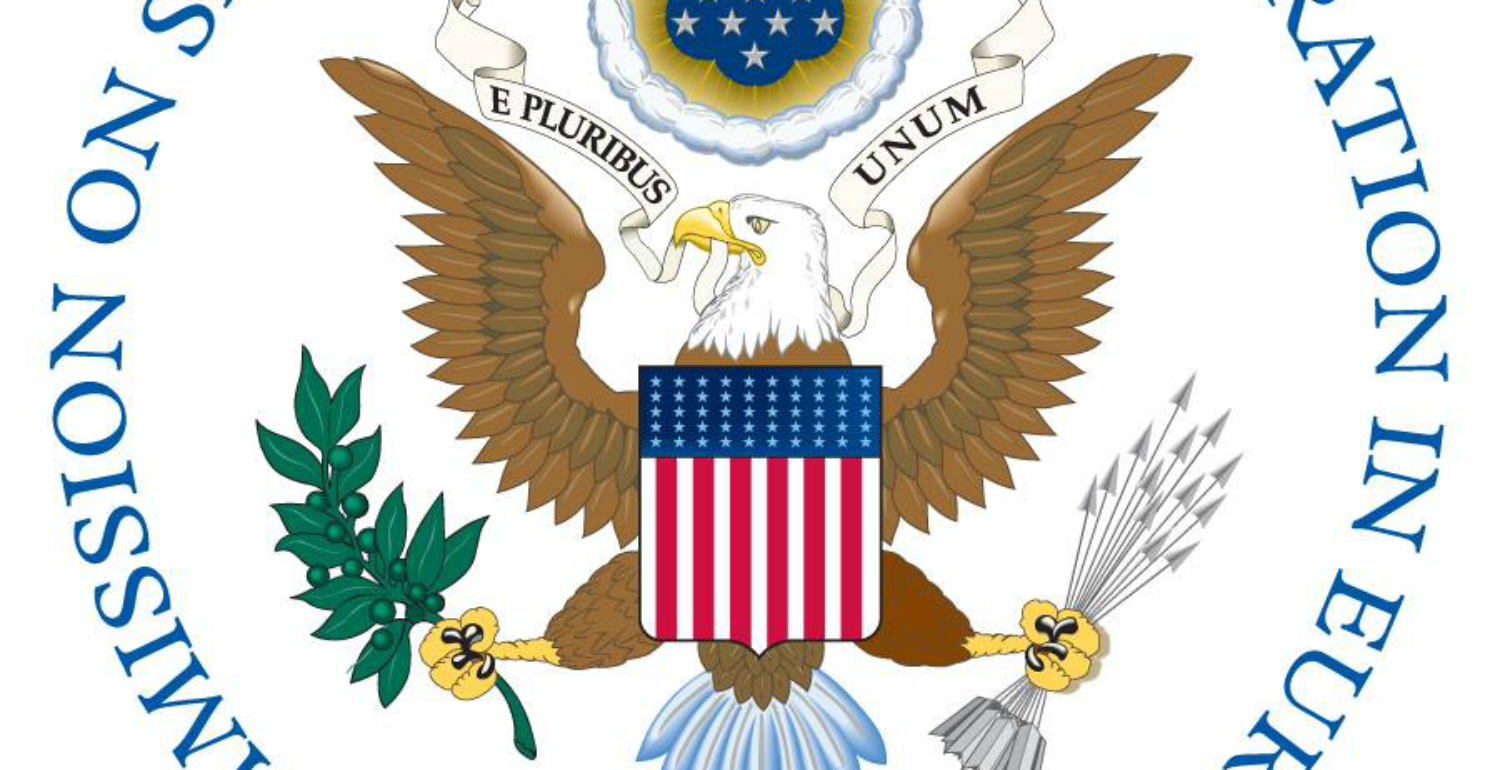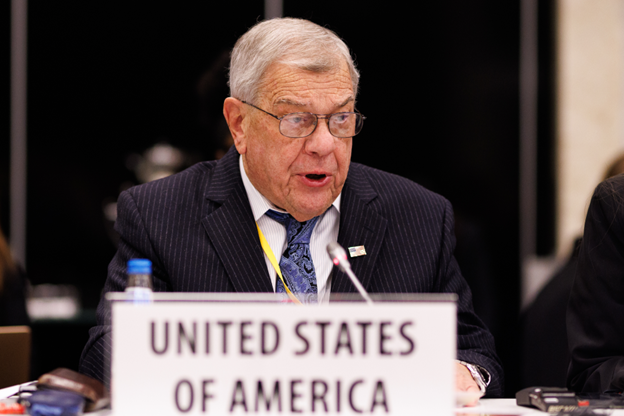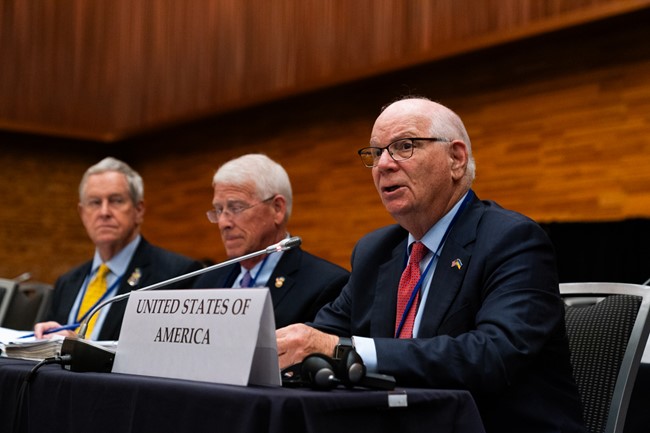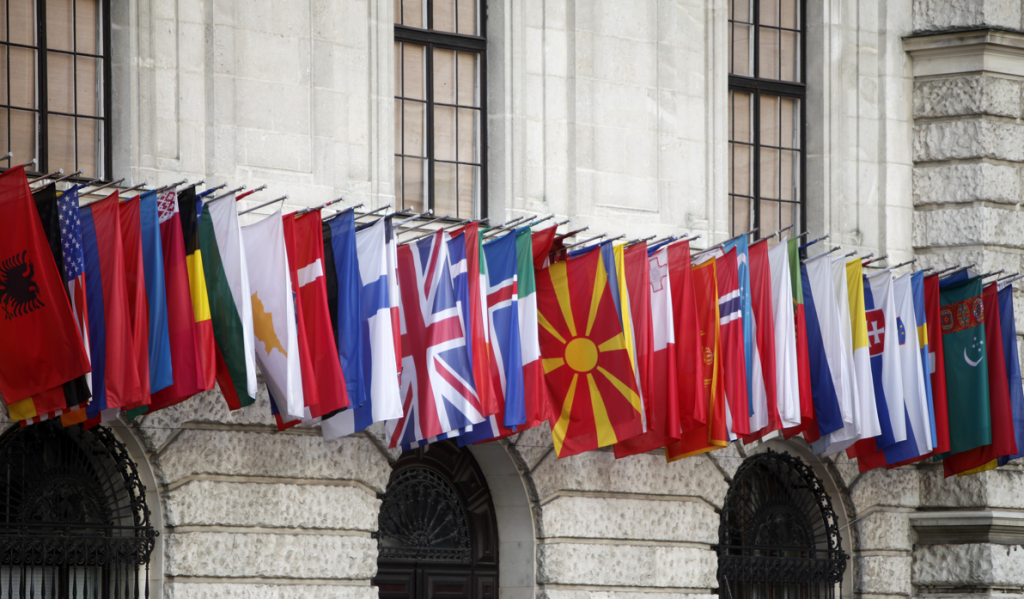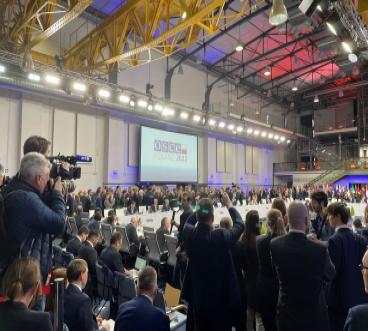The CSCE created the post of High Commissioner on National Minorities at its July 1992 summit meeting in Helsinki, in response to the emergence of minority-related unrest as one of the main sources of conflict in Europe. Originally proposed by the Netherlands, the proposal received wide support as an innovative approach to national minority problems unleashed by the disappearance of superpower confrontation in Europe.
Some of the most innovative aspects of the original proposal for a High Commissioner were substantially watered down in response to individual state’s concerns. The High Commissioner may not become involved where armed conflict has already broken out or in areas already under consideration by the CSO, unless the permission of the CSO is given. Communication with or response to communications from organizations or individuals who practice or publicly condone terrorism is prohibited, as is involvement in situations “involving organized acts of terrorism.”
Former Dutch Foreign Minister Max van der Stoel was appointed the first High Commissioner in December 1992; his office began to function in January 1993, with premises donated by the Dutch government and a staff of three diplomats seconded from the Dutch, Polish and Swedish foreign ministries.

